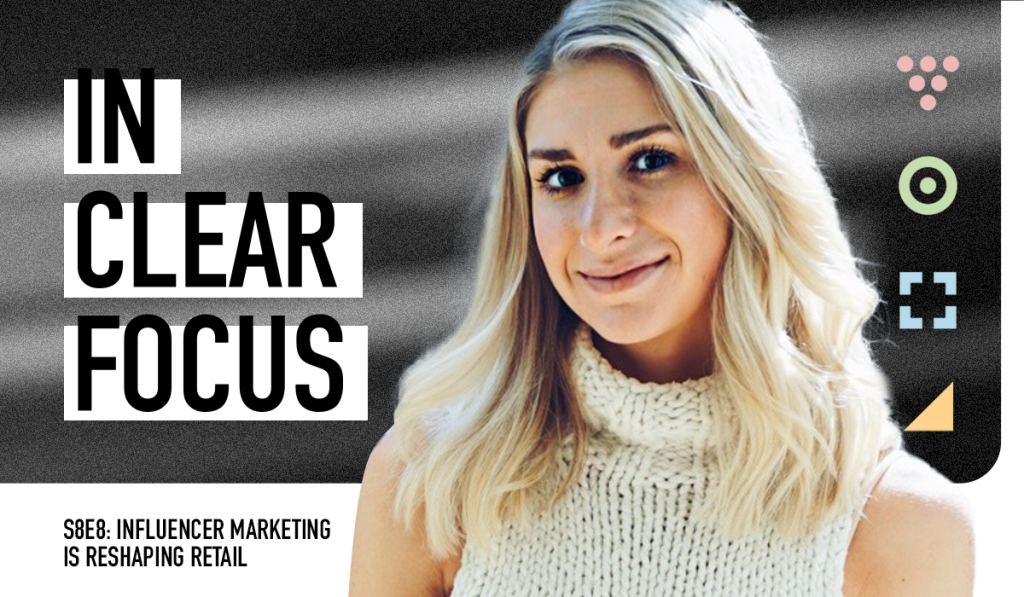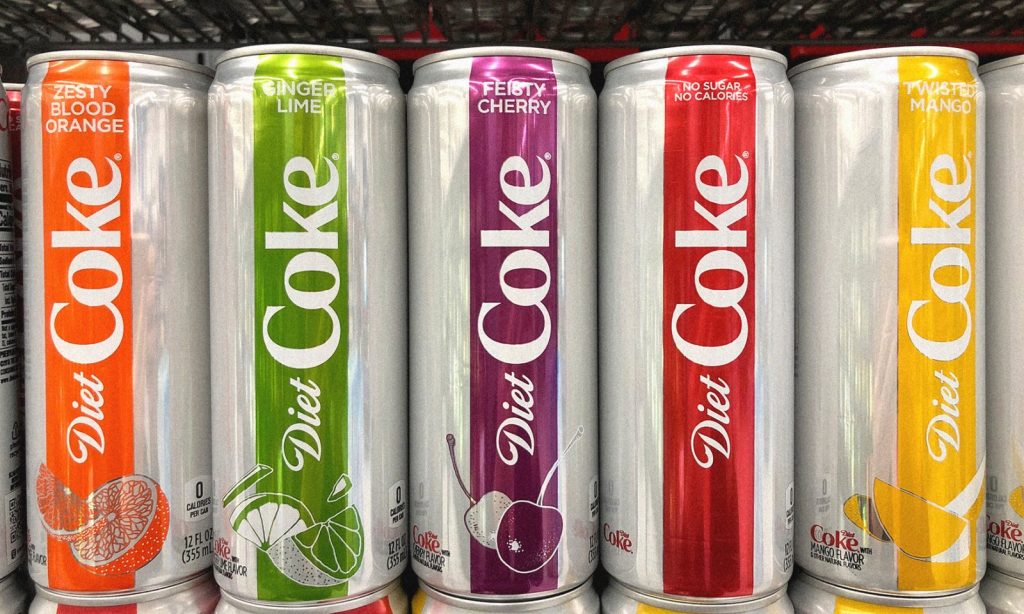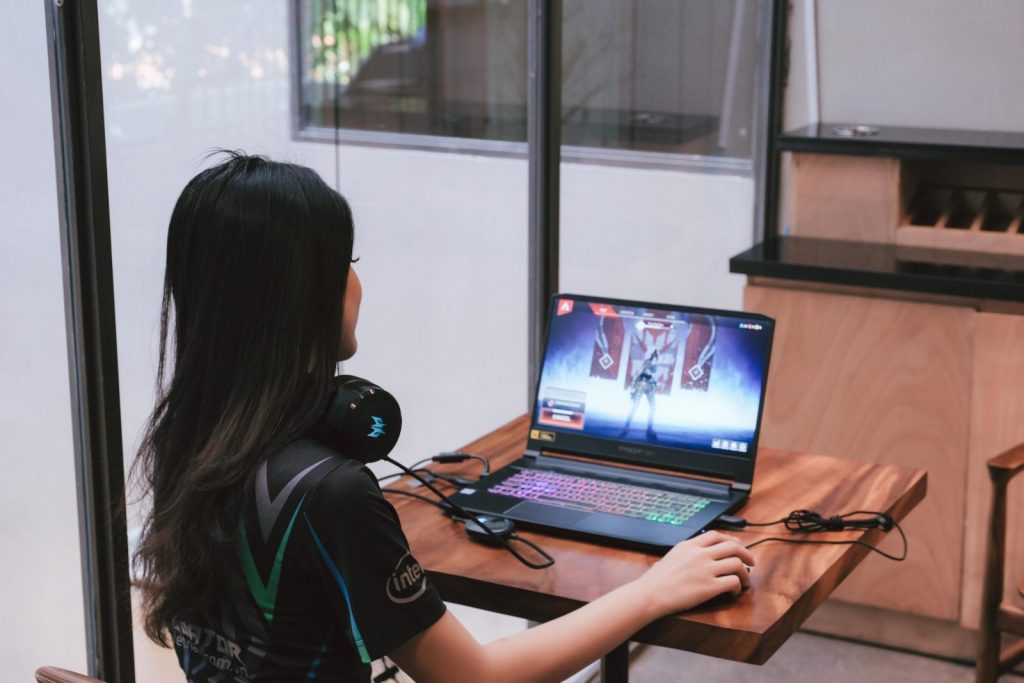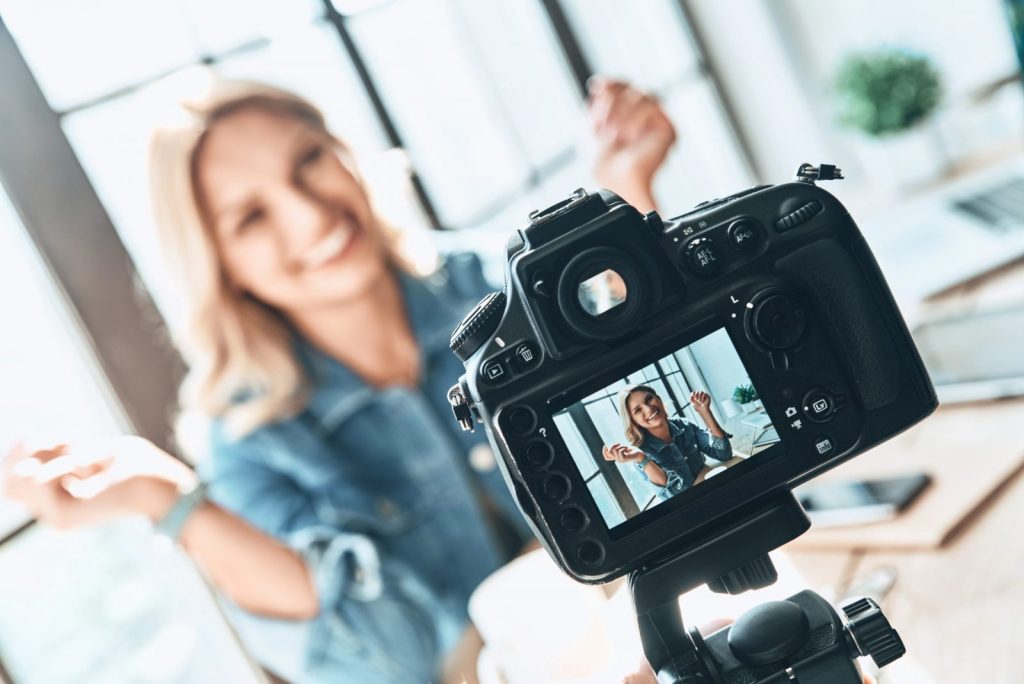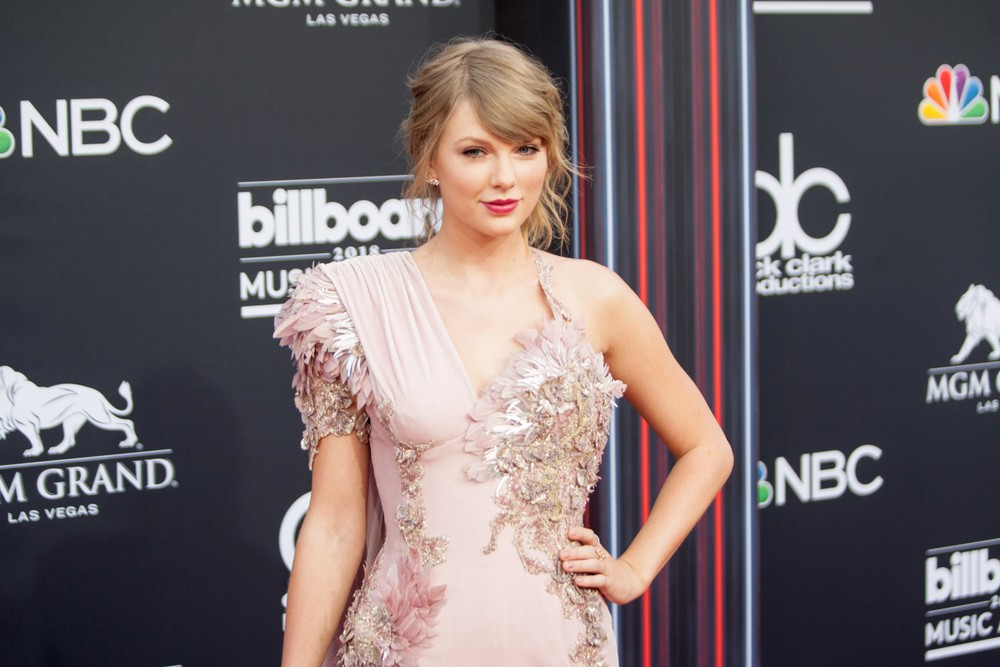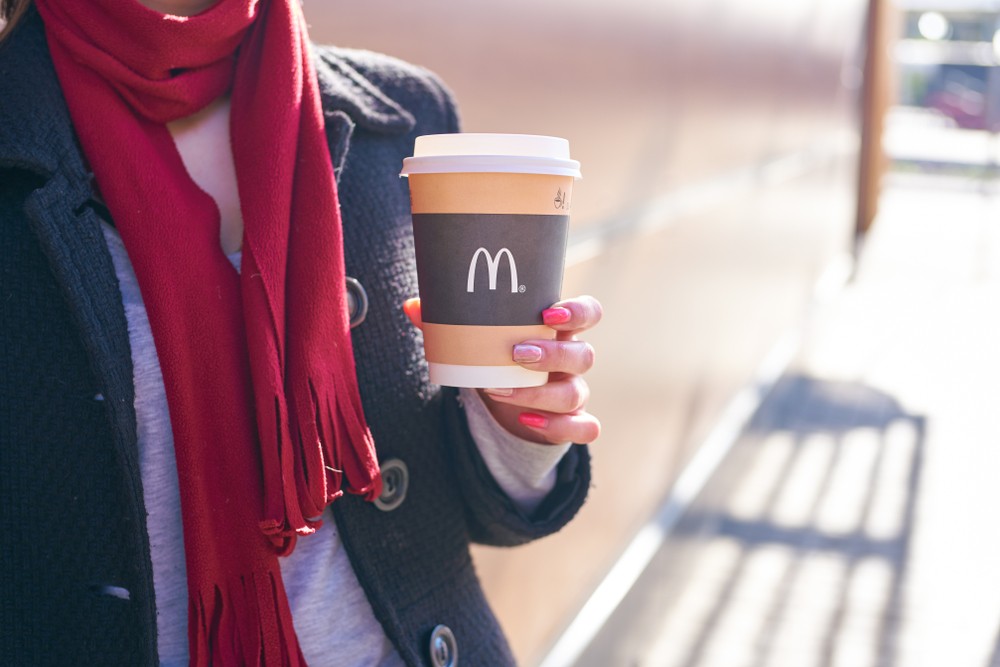How Influencer Marketing is Reshaping Retail with Paige Garrett
Bigeye’s forthcoming national study reveals that among those who follow infuencers, 9-in-10 purchase a product after seeing it used or recommended by an influencer. Paige Garrett, Assistant Vice President at RVD Communications in New York, explains how influencer marketing is reshaping retail and why it redefines the shopper’s path to purchase. Paige also shares which tactics yield the most positive ROI and predicts where influencer marketing is headed in the coming years.

